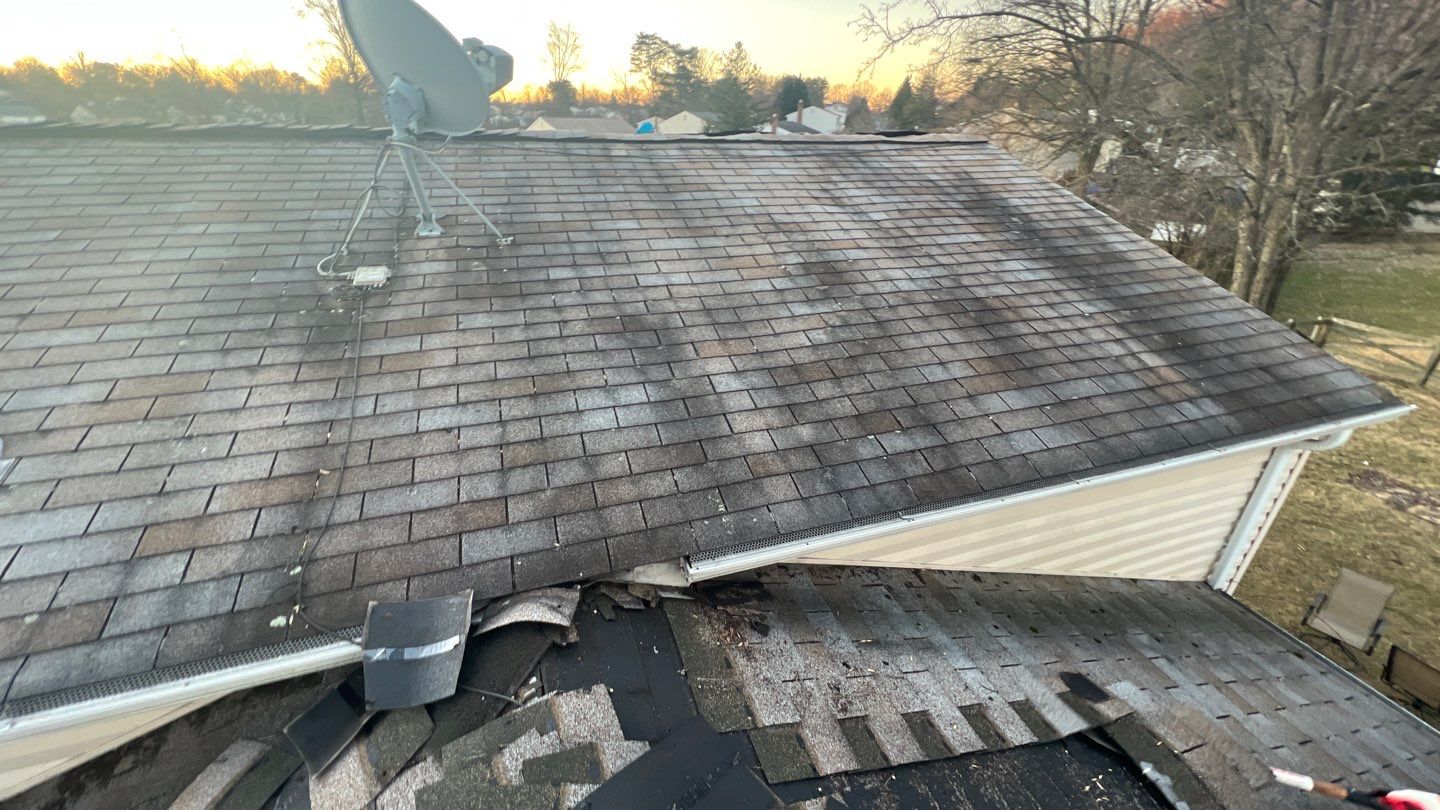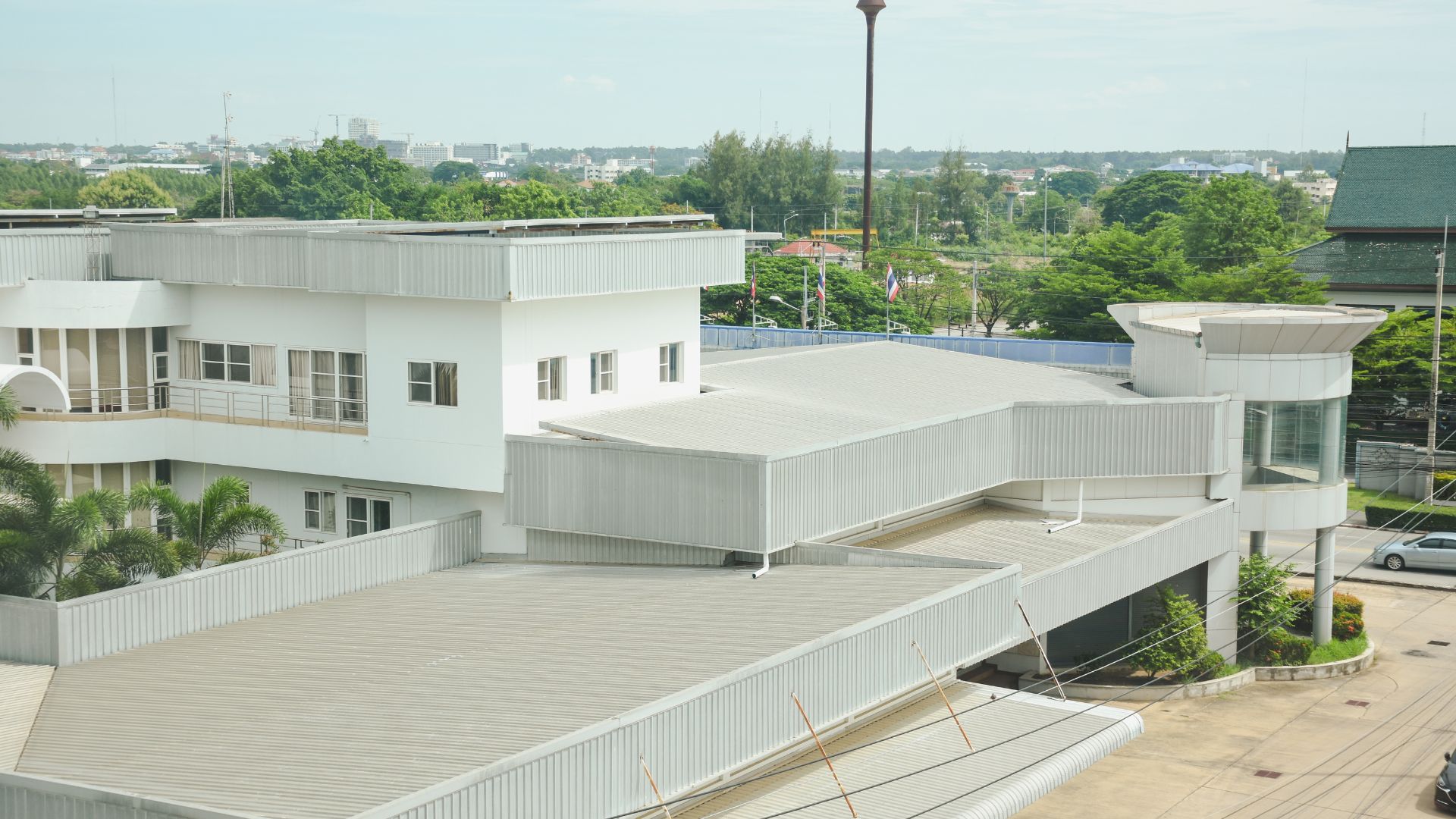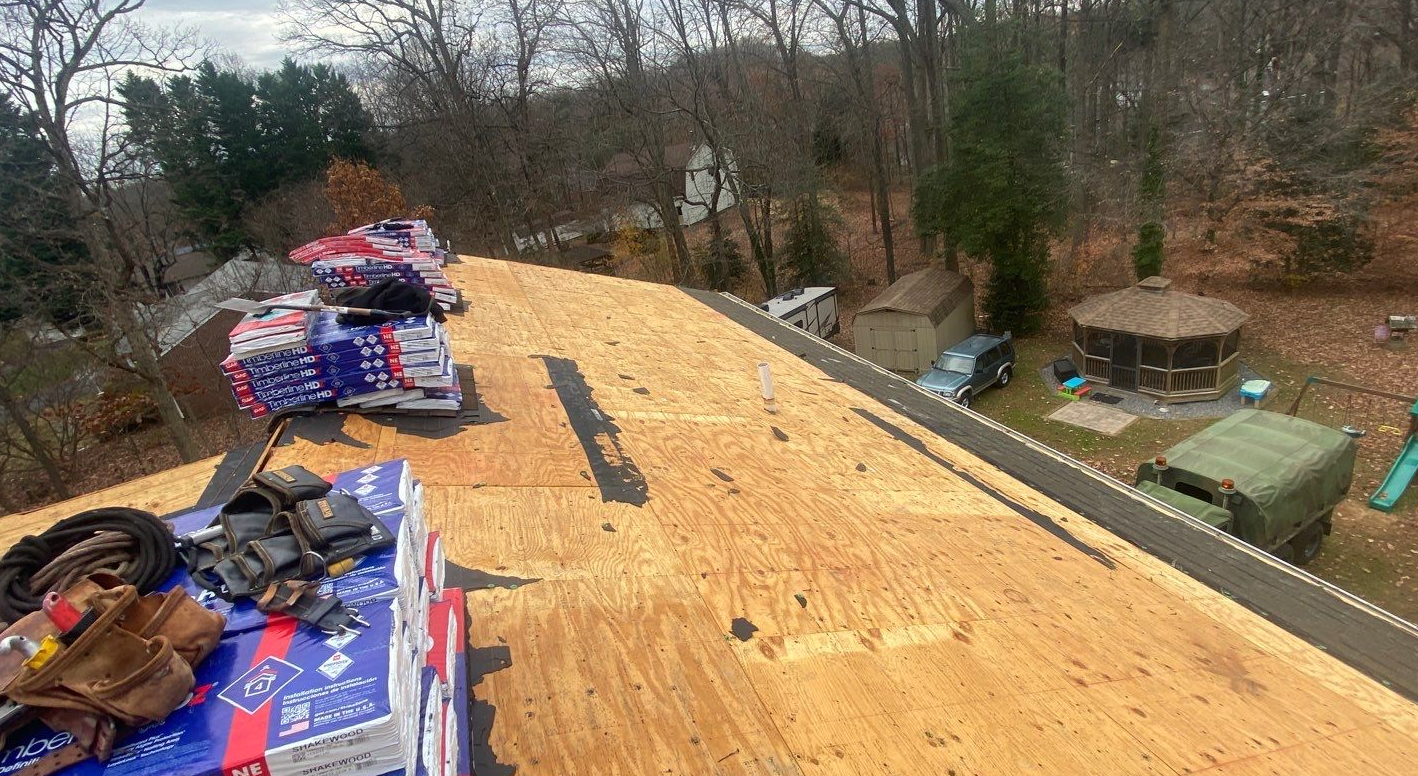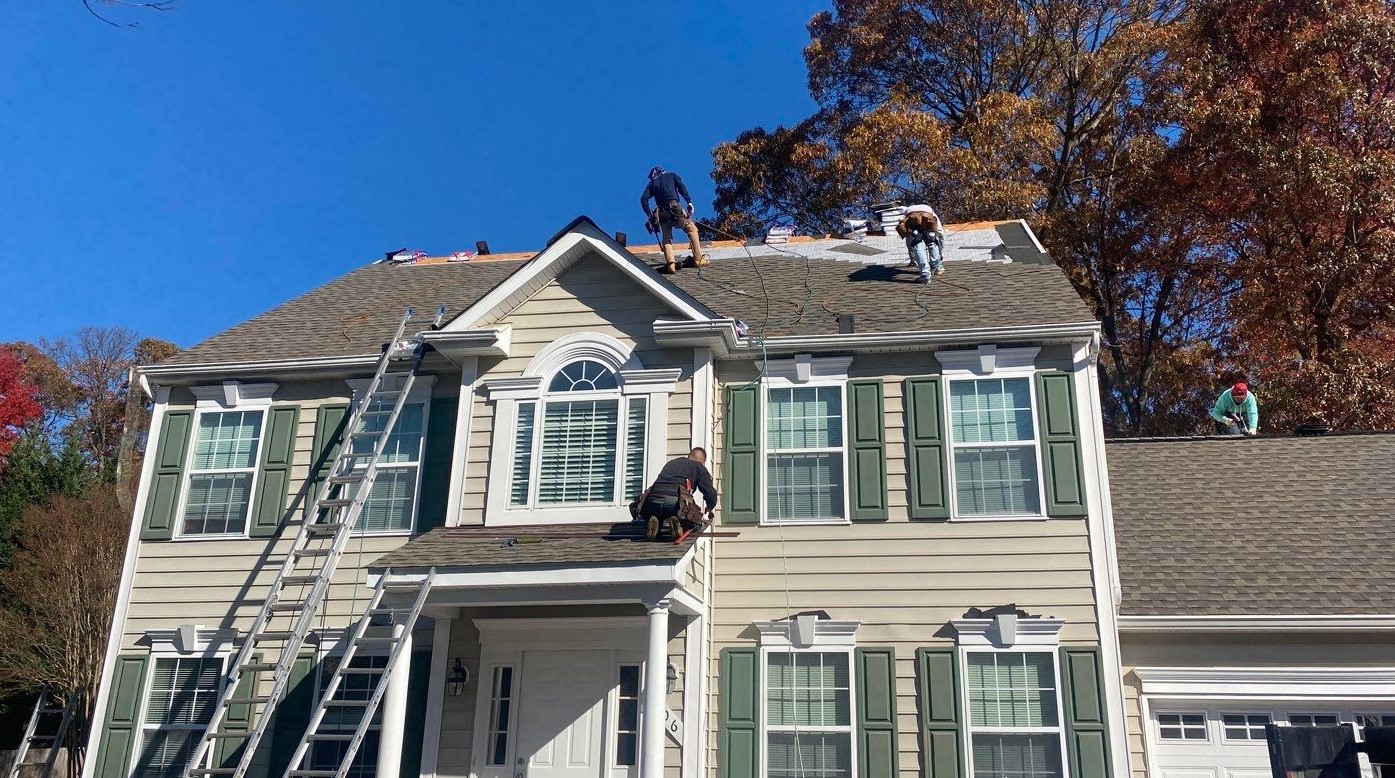Taking care of a property’s roof should be one of the homeowner’s top priorities. Without regular inspections and maintenance, your roof can incur significant damage, adding to a hefty price tag. Minimizing future roof damage is simple when you have expert tips and guidance.
If you are concerned about your property and to minimize future issues, you’re in the right place. This article offers the best tips you’ll find on how to minimize future roof damage and protect your home.
Tip One: Schedule Regular Roof Inspections
The key to minimizing future roof damage starts with scheduling regular roof inspections. It is crucial to have your roof regularly inspected by a professional roofing contractor to identify any potential issues.
During an inspection, a qualified roofer will thoroughly check the condition of your roof, including the flashing, shingles, and other components. They will be able to identify any areas of concern and recommend any necessary repairs or maintenance. Scheduling regular roof inspections can help you avoid costly repairs in the future by catching and fixing any issues before they become expensive problems.
Tip Two: Regular Roof Maintenance and Repairs
Depending on the results of your roof inspections, you may require maintenance and repairs. However, even without noticeable damage, regular roof maintenance and repairs are essential for minimizing future damage. Keeping your roof in good condition is vital by detecting any minor problems and fixing them before they become costly and unmanageable.
You should regularly check your roof for any wear and tear, such as missing shingles, cracked or broken tiles, or any other damage. If you notice any problems, getting them fixed as soon as possible is vital. These fixes may include replacing damaged shingles, sealing any leaking areas, or repairing any other issues.
Tip Three: Clear Debris and Leaves
To minimize future roof damage, keeping the roof clear of debris and leaves is essential. When leaves and other debris accumulate on the roof, it can cause moisture buildup, rotting, and decay. It is essential to regularly inspect your roof and remove any leaves or debris that have been collected. Conducting this practice regularly can help prevent damage, save money, and keep your roof in good condition for longer than it would stay without regular clearance.
Tip Four: Keep Gutters and Drains Clear
Clogged gutters and drains can cause water to pool on your roof, leading to expensive roof damage. Regularly inspecting your roof’s gutters and drains is vital to ensure that your property doesn’t incur unnecessary and preventable damage that comes with a massive price tag.
Inspecting and clearing your roof’s gutters and drains will help ensure that water can flow away from your roof and will help prevent any potential damage.
Tip Five: Check for Ice Dams
If you encounter frequent snow, ice, or freezing temperatures, you may face ice dams on your roof that lead to expensive roof damage. Ice dams can occur when snow and ice accumulate on the roof, creating a blockage. When this blockage occurs, it can cause water to build up and lead to roof damage.
When the weather is cold, it’s essential that you frequently check for any ice dams or snow accumulation that could seep into your roof and cause costly water damage. If you notice snow and ice built up on your roof, contact a professional service to nip this issue in the bud.
Tip Six: Check for Algae and Moss
Algae and moss can cause your roof to become slick and can lead to water damage. It is essential to regularly inspect your roof for any signs of moss or algae and remove them as soon as possible. This quick inspection can help prevent any future roof damage.
Additionally, algae or moss can damage your property in other ways and can cause structural issues that lead to moisture trickling into your home. If this occurs, the damage can extend beyond your roof and into other areas of your home, making the cost of repair unmanageable.
Tip Seven: Trim Trees and Prune Branches
Trees and branches can cause damage to your roof by scraping against it and creating wear and tear. You must regularly trim trees and prune branches away from your roof to prevent further damage and keep your property in top condition. Additionally, trimming trees and overhanging branches can reduce the potential for algae and moss to grow. Trimming your trees and branches minimizes the shade on your roof, giving algae less opportunity to invade the surface.
Tip Eight: Reseal Exposed Areas
If you notice any exposed areas during your roof inspection, address and reseal the spots before severe damage can occur. No matter how big or small the gap, punctures in your roof will allow water to trickle into your home. Additionally, this can give way to pests, debris, and other harmful material entering your home without your knowledge. Seal any loose shingles you notice, along with smaller holes and gaps in your roof. If you identify any cracks, no matter how big or small, get to work on sealing and caulking.
Tip Nine: Replace Damaged Shingles
Your roof’s shingles are integral to how protected your home is from the elements. Check your roof’s shingles frequently and identify any loose or missing shingles. If shingles are missing or the gap in a loose shingle is too large for resealing, turn to professional roofing services as soon as possible.
Tip Ten: Turn to the Experts at Landmark Roofing
Maryland residents looking to address roof damage and prevent hefty repair or replacement costs can look no further than Landmark Roofing. Landmark Roofing is a trusted roofing source that will address your roofing needs swiftly and efficiently. The team of experts at Landmark Roofing is dedicated to helping you prevent roof damage and provide the best installation services possible.
If you are looking for roof replacement, installation, or repair to minimize future roof damage, don’t hesitate. Contact the team at Landmark Roofing today to get started on protecting your home, your finances, and your future.






